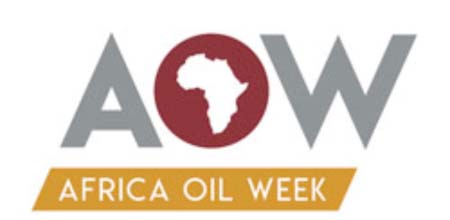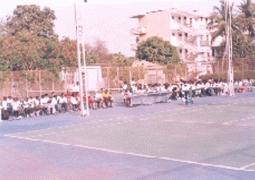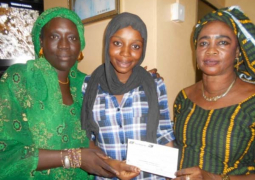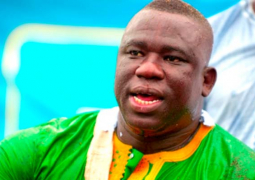
Senegal,
where oil was discovered in 1961, expects all its offshore projects to come
online between 2022 and 2026. According to the International Monetary Fund,
between 2014 and 2017, oil and gas reserves worth more than 1 billion barrels
of oil and 40 trillion cubic feet of gas, most of it shared with Mauritania,
were found. Two large fields in Senegal are currently being developed -
Australia’s Woodside Energy is developing the SNE field and BP/Kosmos Energy
the Greater Tortue Ahmeyim project.
Full
speed ahead for Tortue
BP
took the final investment decision (FID) on the Mauritania-Senegal FLNG plan
late last year. The Greater Tortue Ahmeyim LNG project will produce around 2.5
million tonnes per year, with first gas expected in 2022. There are expansion
plans for a hub on Yakaar-Teranga and one on Birallah. The Orca well, which is
expected to be spudded in October, would go to supporting the Birallah hub and
the first phase will provide domestic gas and data for the producers. Senegal
launched a development plan in 2014, with Kosmos saying gas from the offshore
fields would go to supporting this.
In
September Kosmos Energy and its partners BP and confirmed that the Yakaar-2
appraisal well has encountered approximately 30 meters of net gas in a similar
high-quality Cenomanian reservoir to the Yakaar-1 exploration well, continuing
the 100 percent success rate of wells targeting the inboard Mauritania/Senegal
gas trend.
According
to Kosmos the results from the well prove that the Yakaar-Teranga resource base
is world-scale and has the potential to support an LNG project that provides
significant volumes of natural gas to both domestic and export markets.
Development of Yakaar-Teranga is expected in a phased approach with Phase 1
providing domestic gas and data to optimise the development of future phases.
It will also support the country’s “Plan Emergent Senegal” launched by the
President of Senegal in 2014. Kosmos has said it intends to sell down its stake
in the project. It is seeking a carry for its development costs, in order to
focus on its expertise in exploration.
SNE
Deepwater Oil Field
The
SNE Deepwater Oil Field is located in the Rufisque, Sangomar and Sangomar Deep
Blocks, which cover a combined area of 7,490km² within the Senegalese portion
of the MSGBC Basin. The field is one of the world’s largest oilfields
discovered in the last decade and is being developed in a joint venture between
Cairn Energy (40%), Woodside Energy (35%), FAR (15%) and Petrosen (10%), with
Woodside Energy the project operator.
When
Cairn drilled the first deep water wells offshore Senegal in 2014 it made two
basin opening discoveries, one of which, the SNE field, the largest global oil
discovery of 2014. Since then, the region has evolved from a frontier basin to
an emerging oil play attracting the attention of the global industry. Last year
significant progress was made on the development with a number of key
milestones achieved. Woodside assumed the role of operator and the Joint
Venture (JV) is targeting a final investment decision in H2 2019 and first oil
in 2022.
The
planning is for the field to be developed through a stand-alone Floating
Production Storage Offloading (FPSO) vessel facility with a capacity of around
100,000 bopd, with 23 subsea wells and supporting subsea infrastructure. It
will be designed to allow subsequent SNE development phases, including options
for gas export to shore and for future subsea tiebacks from other reservoirs
and fields.
Early
this year approval in principle for the technical basis of the project along
with confirmation that the licence covering the development area would be
extended to allow for the conclusion of FEED and to mature financing activities
during 2019 prior to Exploitation Licence award.
“The region has now evolved from a frontier to an emerging hydrocarbon opportunity attracting the attention of the global industry,” Eric Hathon, Exploration Director at Cairn Energy, said. “In the last three years we have operated three safe and successful drilling programmes and laid the foundation for a multi-phase development plan.”
“We
are committed to delivering lasting and social economic benefits in Senegal,
including, energy security and revenues, employment, development of an
infrastructure and social investment,” Hathon continued. “Cairn’s belief is
that the discovery and development of sustainable oil production will greatly
benefit the national economy and local population.”
Licensing
round
On
the back of this success Senegal has announced a second licensing round that
was due in late October but has now been delayed because of internal political
issues until the first day of the Africa Oil Week conference in Cape Town. The
new licensing round will be open for six months and will seek developers for
ten to twelve offshore fields.
This
year’s event in Cape Town will provide a great opportunity to learn more about
Senegal and its opportunities in the next licensing round with Hon
MouhamadouMakhtar Cissé, Minister of Petroleum and Energy Senegal and Joseph
Medou, E&P Director, Petrosen both speaking at the event.




